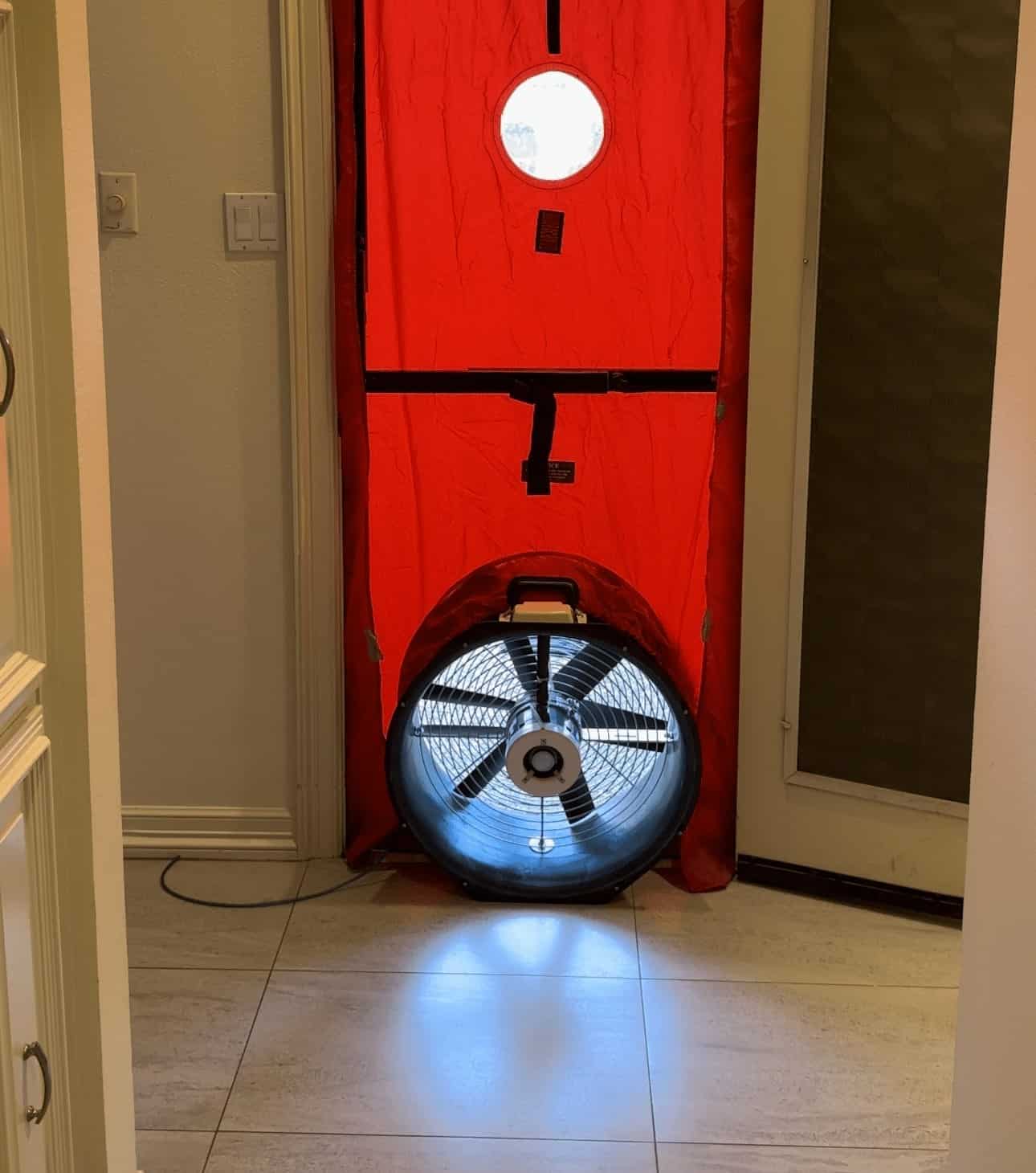The 10-Minute Rule for Green Attics
The 10-Minute Rule for Green Attics
Blog Article
What Does Green Attics Do?
Table of ContentsNot known Incorrect Statements About Green Attics Green Attics for BeginnersUnknown Facts About Green AtticsThings about Green AtticsExamine This Report about Green AtticsGreen Attics Can Be Fun For Anyone
Published by Solution Champions Air Conditioning BlogWhen you switch on your heating, you want it to stay inside your home - Attic insulation. Powering up the heating triggers the warm to climb straight up into your attic room. It's after that up to your attic room insulation to do its work and block the warm from leavingIt's evident that you need to invest your time and cash into insulating your home, yet what attic room insulators are out there for you to choose from? Which attic insulation is best? And what are the prospective dangers of each of them? This article will outline the 4 kinds of attic room insulation you can choose from, plus dive right into the benefits and drawbacks of each.

Getting The Green Attics To Work
Why is fiberglass batt insulation so prominent? It's many benefits include: As an entire, fiberglass is considerably green.
Fiberglass batt insulation hardly ever diminishes or collapses. This is due to the air pockets that take place in production. Fiberglass batt insulation is additionally soundproof, assisting lower exterior noises and maintain inner audio inside the building.

How Green Attics can Save You Time, Stress, and Money.
If dampness is taken in by the fiberglass batt insulation, it can reproduce hazardous mold and mildew. Rats and various other unwanted guests like fiberglass batt insulation, and frequently make it their home.
When utilizing the blown-in approach, it fills the attic better, guaranteeing it's air-tight. Because of this, it fills up any cracks or gaps, also in awkward rooms. This reduces the amount of hot air escaping and chilly air going into. It likewise catches noise. The blown-in distribution method is much quicker. It takes a matter of hours to get your attic room insulation up and running.
It needs more upkeep than other kinds of attic room insulation on our checklist. Should the insulation obtain damp, removing the insulation isn't as easy as eliminating fiberglass batts.
This attic insulation is also blown-in utilizing a blowing equipment, nevertheless the material used is different. The material utilized here is cellulose. This is made from all different recycled product, including things constructed out of wood, papers, and cardboard. After that, boric acid and other materials are related to flame-proof the attic room insulation.
Top Guidelines Of Green Attics
(https://www.cybo.com/US-biz/green-attics_30)
Is blown-in cellulose insulation worth it? site link Right here's what it can provide your home: Generally, blown-in cellulose is much better for the planet. With cellulose being made from totally reused material, there's no need to generate brand-new product. Recycling this is environment-friendly. The boric acid and other substances assist to flame evidence the insulation and slow down the spread of fires.
Blown-in cellulose insulation has an R-Value that is 23 percent greater than fiberglass batts. Cellulose likewise helps minimize wind-washing. What are the disadvantages of setting up blown-in cellulose insulation in your attic? Here are the disadvantages: Cellulose is eco-friendly, however the further compounds that are included are not. Boron is required to produce boric acid, and the mining process that mines boron is unsafe to the setting.
Cellulose likewise doesn't blend well with fluid. Should it end up being moist, mold can expand swiftly and spiral unmanageable. Fixing this situation can be labor and time intensive, as you'll need to grab the insulation little by little, instead of in one roll. The final sort of attic insulation is spray foam insulation.
The smart Trick of Green Attics That Nobody is Talking About
Unlike all the other kinds of attic insulation, spray foam insulation is the only type to come as a liquid. After being sprayed, it enlarges and expands, and after that establishes as a long lasting foam. This foam slides nicely into any gaps, securing airtight, and cuts off any retreat courses for your home heating.
Ultimately, what are the downsides of spray foam insulation?: The in advance repayment for spray foam insulation is higher than the various other sorts of attic insulation on our checklist. However, it's worth thinking about that, because of high levels of energy efficiency, it'll likely stabilize out or even come to be cheaper in the long-run to maintain your home cozy.

Getting My Green Attics To Work
Excellent care needs to be taken around the foam, and you'll need to put on safety glasses, a mask, and a respirator. With 4 kinds of attic room insulation and their pros and cons, you're currently able to make an educated choice, understanding the benefits and disadvantages to each. That's why I can state with self-confidence that the finest means to shield my attic room is with affordable cellulose or fiberglass insulation applied over an impermeable attic floor.
Report this page